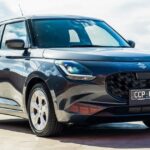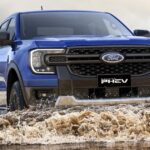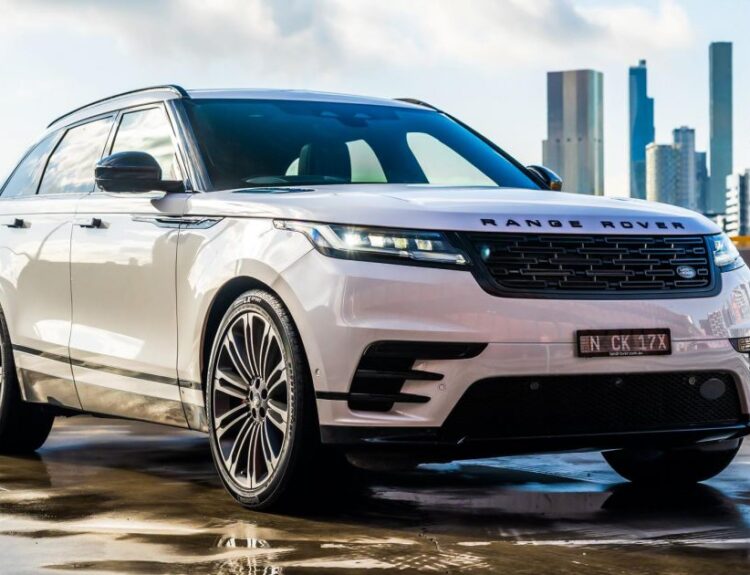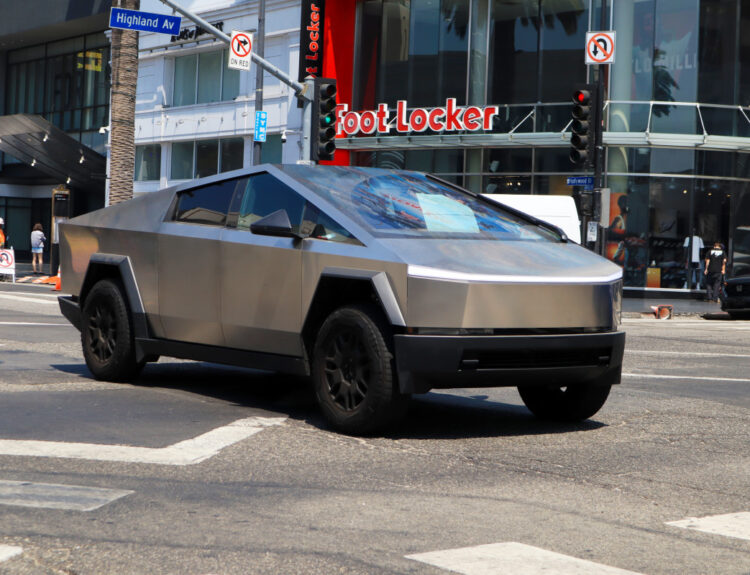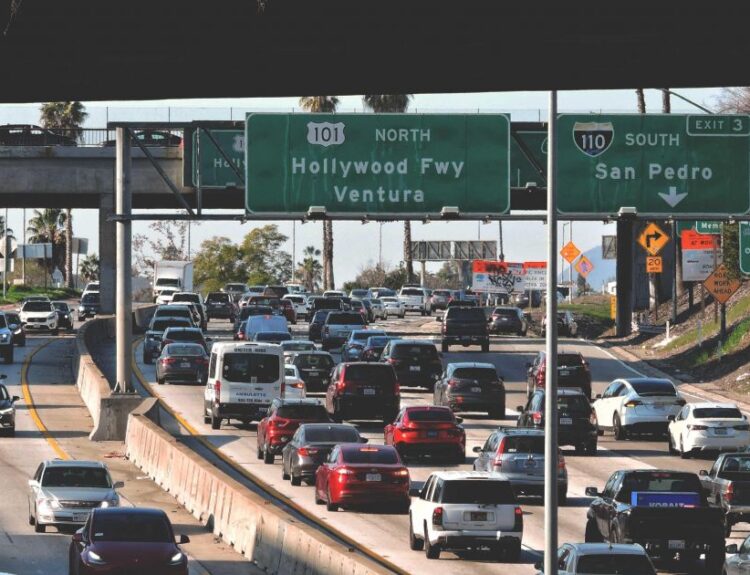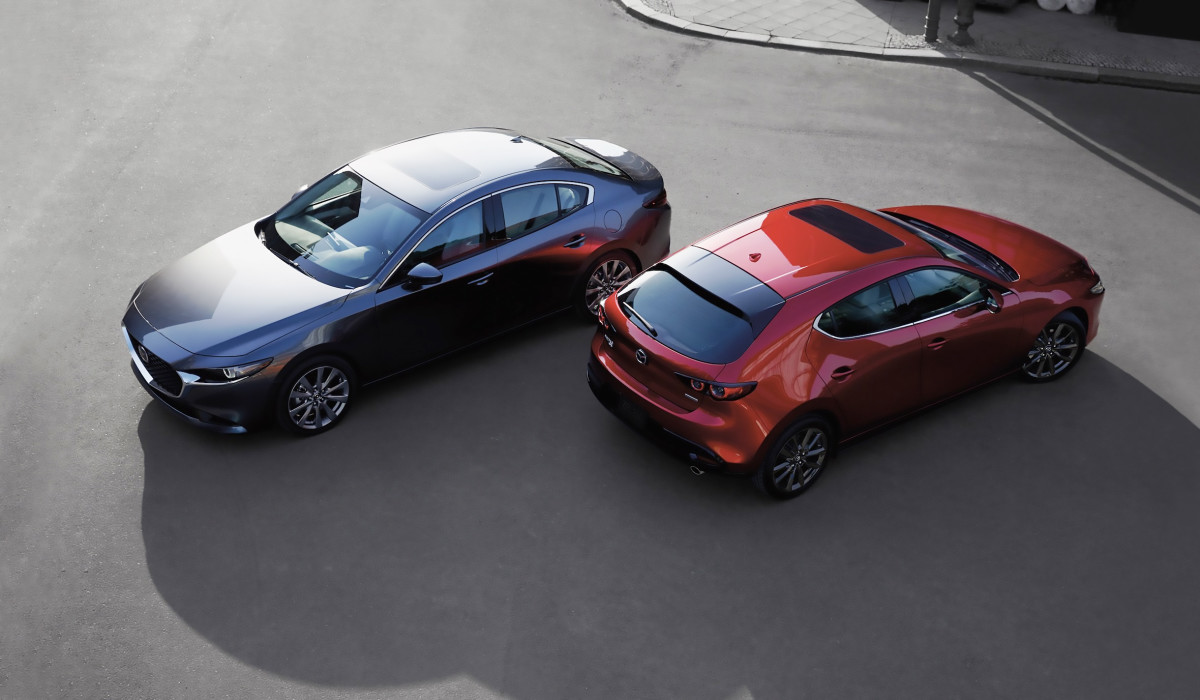
As the automotive industry accelerates towards a future dominated by electric vehicles, Mazda is quietly reinforcing its commitment to traditional gasoline engines. The Japanese automaker is on track to surpass its U.S. sales record set in 1986, forecasting over 420,000 vehicles sold in 2024, which represents a commendable 16% increase compared to the previous year.
Tom Donnelly, Mazda’s president of North American operations, attributed this growth to the enduring appeal of its compact crossovers and mid-sized SUVs. The company has set its sights even higher, aiming for 450,000 vehicles sold by 2025. “Our business is expanding within a landscape that has largely maintained stability,” Donnelly remarked, pointing to the steady sales figures generated by Mazda’s compact and mid-sized offerings.
Related: BMW M8 coupe gets the axe
A Methodical Approach to Electrification
Despite its rising sales, Mazda’s transition towards electrification has been measured. Currently, the manufacturer has three hybrid models available: the CX-50 hybrid utilizing Toyota technology and plug-in hybrids of the CX-70 and CX-90 SUVs. Initial reviews of these hybrids have been mixed, and the company’s strategy for fully electric vehicles remains somewhat limited.
Mazda has plans to introduce an in-house hybrid system and aims to test the U.S. market with a fully electric vehicle by 2027, which would mark a return to EV offerings following the short-lived MX-30. However, Donnelly expresses reservations about accelerated EV adoption, emphasizing that the current penetration rate in the U.S. is merely at 10%. “We are not a brand that makes sweeping commitments to a 100% transition by a certain deadline,” he noted thoughtfully.
Related: Honda CEO’s surprising confession about Nissan merger
The Driving Forces Behind Mazda’s Momentum
Mazda’s continued success heavily relies on a select few models. The CX-5, a compact crossover produced in Japan, remains the brand’s top seller despite being one of the oldest vehicles in its lineup. A redesign is on the horizon within the next two years. Furthermore, the CX-30 subcompact hatchback and the CX-50, manufactured in Alabama, have also played significant roles in bolstering the brand’s sales performance.
Notably, even with these offerings, Mazda is well-positioned to capitalize on the increasing interest among American consumers in hybrid and plug-in hybrid electric vehicles (PHEVs), as indicated by data from the Alliance for Automotive Innovation.
Related: Cybertruck explodes, one dead
Concluding Observations
As Kelley Blue Book projects a modest 2.3% increase in overall U.S. auto sales for 2024, Mazda’s anticipated performance stands out in stark contrast. Yet, challenges linger; while the company charts new territory in U.S. sales, it still trails behind rivals such as Subaru, Kia, and even Nissan, which has encountered various issues throughout 2024.
Looking ahead, maneuvering through the shifting demands for electric vehicles will ultimately test Mazda’s strategic foresight in the years to come. For now, the automaker’s success highlights a notable truth: amidst the fervor for electrification, the allure of gasoline-powered vehicles remains robust. The enduring viability of this approach will be a critical consideration for the company as it navigates the evolving automotive landscape.
Related: Meet the T.33S: A purist’s supercar with an 11,100 rpm V12
Source:www.autoblog.com


